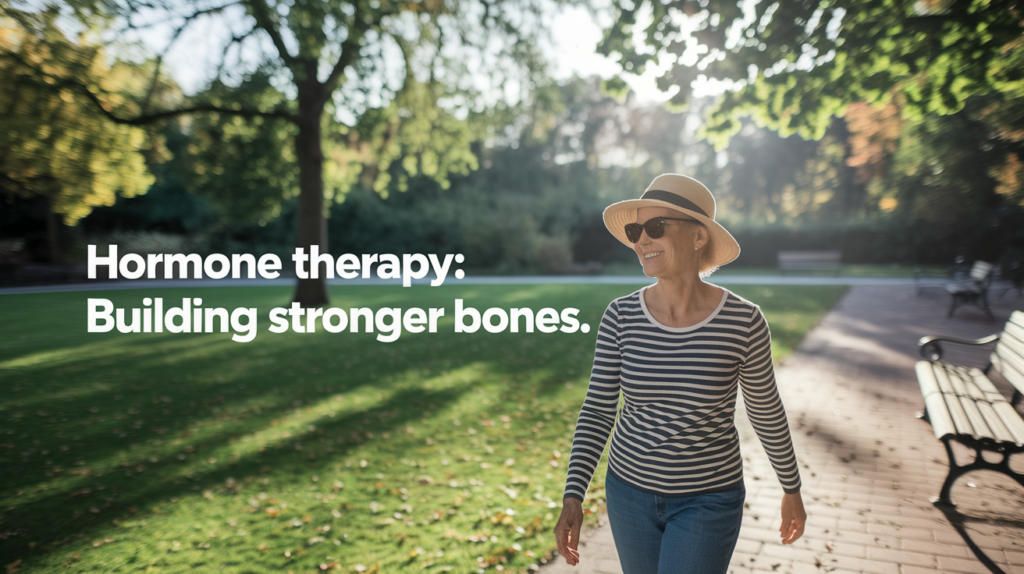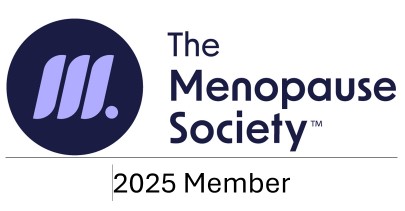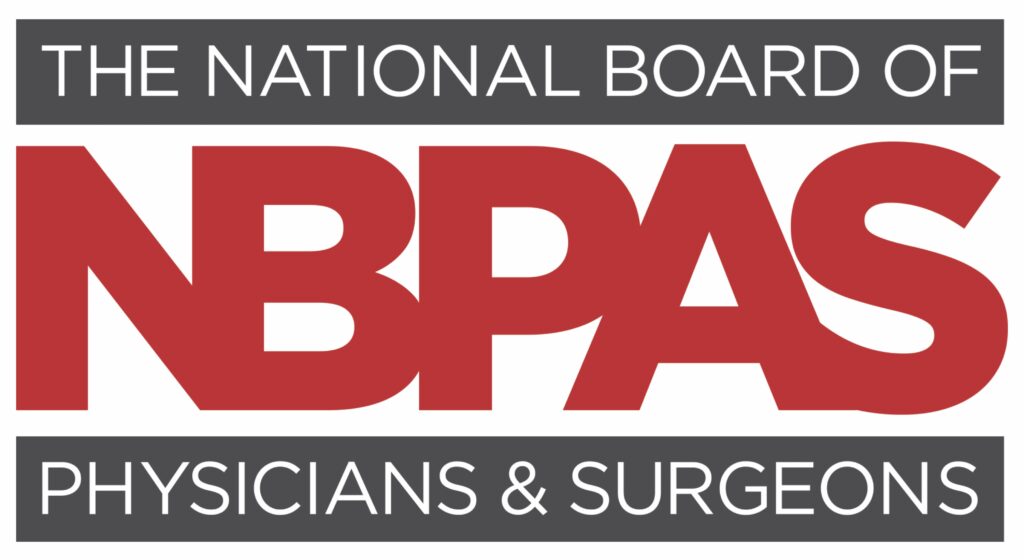
Your bones might not get much attention—until something goes wrong. And when it does, it’s often too late. Osteoporosis and bone fractures are silent health threats, especially for women post-menopause. One in two women over 50 will break a bone due to osteoporosis.
But here’s the thing: hormone therapy (HT) may be one of the most effective tools to keep bones strong and fractures at bay. Yes, the same therapy used for hot flashes and mood swings could be your secret weapon for skeletal health. Let’s break down the connection between hormone therapy and stronger bones—and why it matters more than ever as you age.
TLDR – Quick Guide
Why Bone Loss Happens with Age:
- Drop in estrogen during menopause
- Decreased calcium absorption
- Slower bone regeneration
- Sedentary lifestyle and poor diet
How Hormone Therapy Helps Bones:
- Replaces lost estrogen to maintain bone density
- Reduces osteoclast activity (cells that break down bone)
- Increases bone mineral density (BMD)
- Lowers fracture risk
Who Should Consider It:
- Women in early menopause
- People with osteoporosis or low BMD
- Those at high risk of fractures
Detailed Breakdown
1. Why Bone Health Declines After 40
Bone is living tissue. Your body is constantly breaking it down and rebuilding it. But after age 30, bone regeneration slows. And once estrogen levels dip—particularly during menopause—the breakdown speeds up, leading to osteopenia or osteoporosis.
Estrogen plays a key role in:
- Slowing bone resorption (breakdown)
- Supporting calcium metabolism
- Regulating bone formation
Without enough estrogen, bones become porous, brittle, and more prone to fractures—even from minor falls or movements.
2. Hormone Therapy: A Proven Bone Saver
Several decades of research confirm that estrogen therapy, and combination hormone therapy (estrogen + progesterone), significantly improve bone mineral density.
Key findings:
- Women using HT have 20–35% lower risk of fractures compared to non-users (source).
- HT can increase spinal and hip BMD by up to 5–10% over several years.
- The Women’s Health Initiative (WHI) showed a 33% reduction in hip fractures in women taking HT (NIH).
At Mirabile M.D., hormone therapy is personalized based on age, symptoms, and risk factors using bioidentical hormones delivered through pellet therapy—a method praised for consistent hormone levels and fewer side effects.
3. Is Hormone Therapy Right for You?
HT isn’t for everyone. But it can be life-changing for women entering menopause, especially those with:
- Early menopause (before age 45)
- Diagnosed osteopenia or osteoporosis
- High risk for fractures
- A family history of bone loss
Before starting HT, your provider will assess:
- Personal and family history
- Bone density scans (DEXA)
- Cardiovascular risk
- Breast cancer risk
Working with a hormone specialist ensures you get the right dose and method, minimizing risks while maximizing benefits.
4. Beyond Hormones: Lifestyle for Bone Strength
HT is powerful, but it’s not a free pass. You still need a bone-friendly lifestyle:
- Weight-bearing exercises (e.g., walking, squats, resistance training)
- Calcium-rich foods (leafy greens, dairy, almonds)
- Vitamin D (via sunlight or supplements)
- Limit alcohol and caffeine
- Quit smoking—it accelerates bone loss
Think of hormone therapy as the foundation, not the whole structure.
Key Takeaways
- Estrogen is essential for maintaining bone density, especially post-menopause.
- Hormone therapy helps reduce bone loss and dramatically lowers fracture risk.
- Personalized HT, like the pellet therapy offered at Mirabile M.D., is a proven way to protect skeletal health.
- HT is most beneficial when started around the onset of menopause and under the guidance of a specialist.
- Bone-friendly habits—like exercise and nutrition—should complement hormone therapy for best results.
FAQs
- How do I know if I have estrogen dominance?
The only way to know for sure is through hormone testing, which can be done via blood, saliva, or urine panels. A functional medicine or hormone specialist can interpret the results. - Can estrogen dominance cause anxiety and depression?
Yes. Estrogen affects neurotransmitters like serotonin and dopamine. When out of balance, it can trigger mood disorders, anxiety, and irritability. - Is hormone therapy safe?
When done under medical supervision using bioidentical hormones, it’s considered safe and effective for treating hormonal imbalances like estrogen dominance. - Can diet alone fix estrogen dominance?
Diet can make a big difference—especially in reducing xenoestrogens and improving liver detox—but severe imbalances may require additional interventions like hormone therapy. - How long does it take to reverse estrogen dominance?
With proper treatment, many people notice improvements in symptoms within 1–3 months, though complete hormone rebalancing may take longer.

